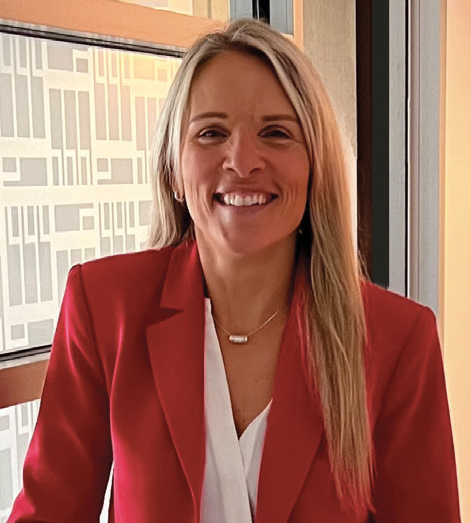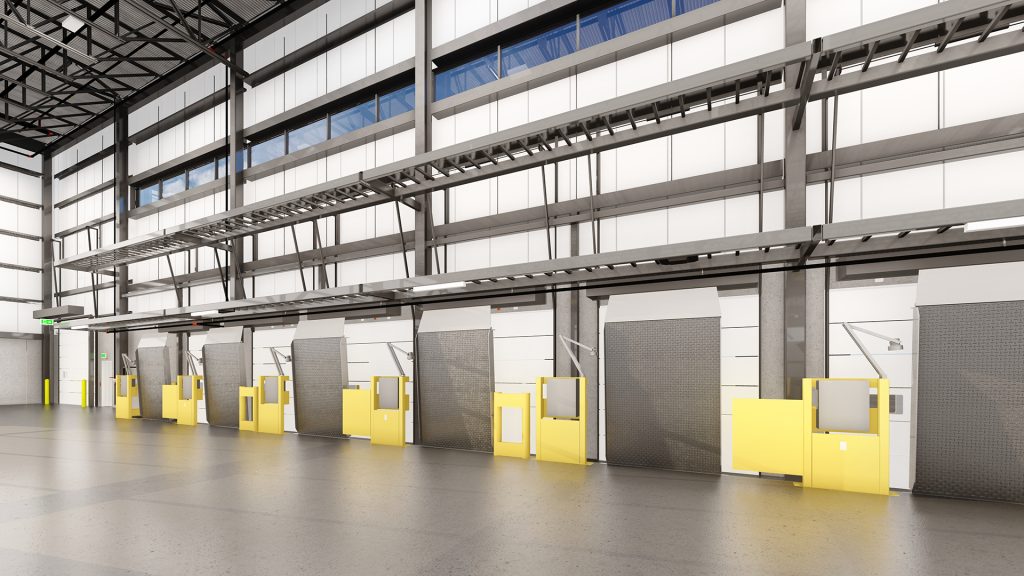
Julie Larocque
40NetZERO
Finally, the building’s roof has been designed to the FM Global 90 standard, a standard that is the world leader in measuring quality. This rating means their roof is highly resistant to bad weather and strong winds. It is therefore capable of withstanding heavy rainfall without suffering structural damage. This reduces the risk of leaks and ensures that water will be directed towards drains rather than to the roof membrane.
When asked what forward thinking 40NetZERO has for stormwater management, Larocque is of the opinion that measures proposed by their designers and built to date have proved their worth and contribute to effective, healthy stormwater management. “We will undoubtedly continue to include these elements in future developments, as well as incorporating others elsewhere on the site (e.g. permeable paving areas, honeycomb paving zones, etc.) We believe that each and every one of us has become even more aware this summer of the devastating scale of the consequences caused by climate change. We therefore make it our duty to do our part and to continue our efforts and reflections in the constant search for new measures and/or new innovations that we could integrate into the 40NetZERO development with a view to further promoting sound stormwater management,” she pointed out.
It is without a doubt that the impact of recent severe weather has had developpers and building experts rethink how buildings and sites are developped. Working closely with municipalities, engineers and insurance experts, developpers are finding new solutions to new problems. Hopefully, many of the systems these developers are putting in place will be overkill, however judging from past history, the battle to find a solution to “stop the rain” lives on.

Rosefellow Candiac
Green roof
